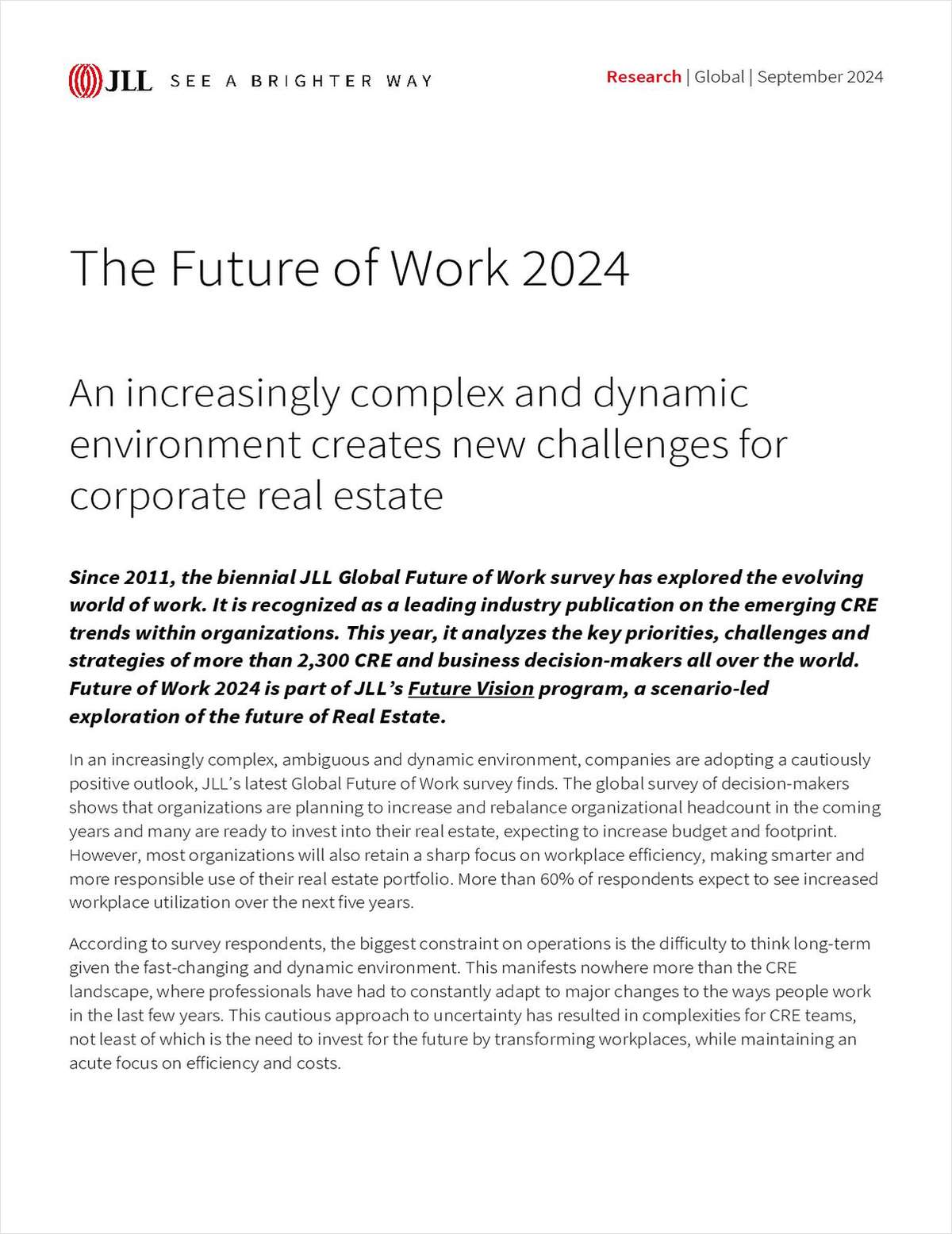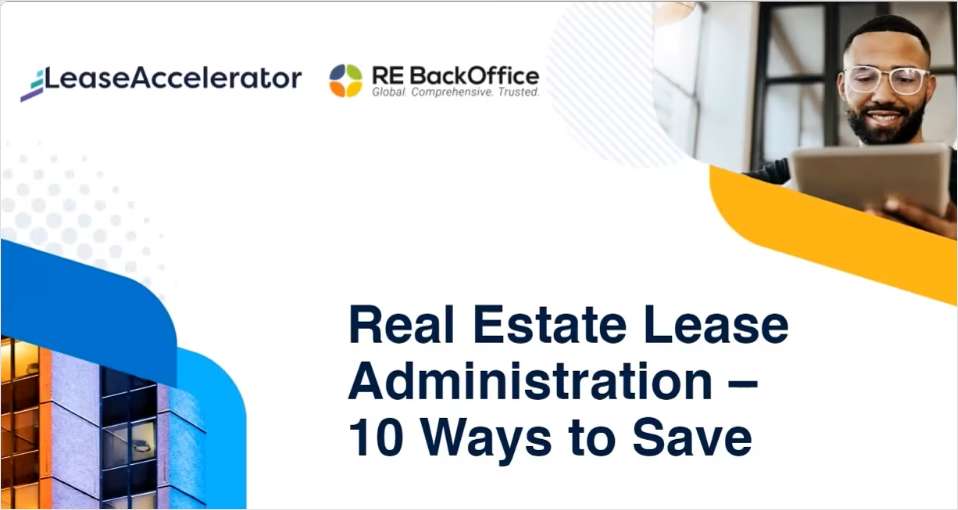PHOENIX-In the months and years following the Great Recession, the metro region struggled economically. These days, the Phoenix area is pulling out of its economic slump – but mainly on the east side of Interstate 17 and Central Avenue, the area colloquially known as the "East Valley."
The East Valley, with its active towns such as Scottsdale, Tempe and Chandler, has caught the eye of many a multifamily investor and developer. But the other side of Interstate 17 – known as the West Valley, not so much.
"There's a definite bifurcation between the East and West Valleys in Phoenix," says Jack Hannum, vice president with Transwestern's Phoenix office. "It's pretty distinct." But there is good news for those interested in multifamily properties in the West Valley (which includes Glendale, Tolleson, Avondale and Goodyear) – things are starting to pick up once again. "The West Valley today is where the East Valley was three years ago," Hannum tells GlobeSt.com. "The economic recovery is in full swing on the east side, and it's bleeding over from east to west."
Hannum explains the dichotomy by using simple economics – employment recovery began on the East Side. Chandler's Price Corridor, for example, is home to companies such as Intel, Orbital Science and Rogers Corp. This, needless to say, led to more demand for housing (such as apartments), meaning higher rents.
But competition among investors across all product types is leading some to glance over at potential buys in the West Valley. The numbers are self-explanatory – year-to-date, the average price per unit for a multifamily investment in the East Valley was $81,867. Compare that to the West Valley's average of $36,313 per door. Hannum points out that, whereas investors were once leery about West Valley investment, they're seeing they can purchase at a lower price-per-unit.
But it's not just the cost savings that's attracting potential investors west. "We're seeing economic recovery in the West Valley," Hannum notes. The basis for this region's resurgence is industrial demand. Furthermore, "At the I-17 and (Loop) 101 interchange, there's a tone of Fortune 1000 company back-office space there," Hannum observes. Furthermore, the Metrocenter, a large retail property just west of Interstate 17 and north of Dunlap Avenue, is doing quite well with leasing.
Hannun forecasts that, during the next 12 to 18 months, rents will gradually continue to appreciate in the West Valley, though developments will remain scarce, as rents won't justify building for at least another two or three years. Furthermore, investors – mainly private equity investors, though with some institutional partners – will continue combing through this area for viable acquisitions. "This doesn't mean no one will invest in the East Valley," Hannum points out, adding that Phoenix, overall, still has a ways to go before it climbs out of the housing crisis hole. "Observers suggest we're in the third inning when it comes to Phoenix's economic recovery," Hannum adds.
Want to continue reading?
Become a Free ALM Digital Reader.
Once you are an ALM Digital Member, you’ll receive:
- Breaking commercial real estate news and analysis, on-site and via our newsletters and custom alerts
- Educational webcasts, white papers, and ebooks from industry thought leaders
- Critical coverage of the property casualty insurance and financial advisory markets on our other ALM sites, PropertyCasualty360 and ThinkAdvisor
Already have an account? Sign In Now
*May exclude premium content© 2024 ALM Global, LLC, All Rights Reserved. Request academic re-use from www.copyright.com. All other uses, submit a request to [email protected]. For more information visit Asset & Logo Licensing.








